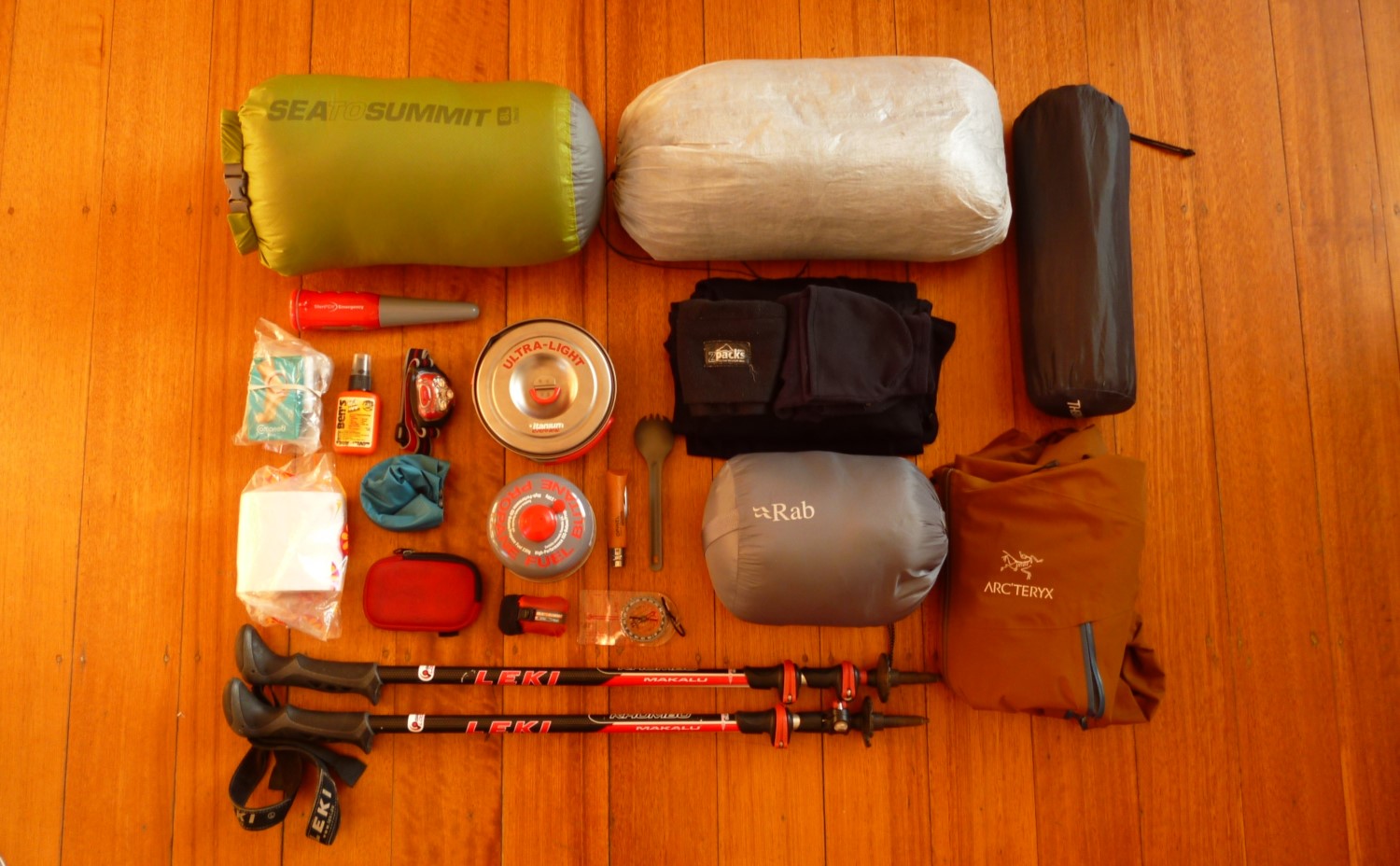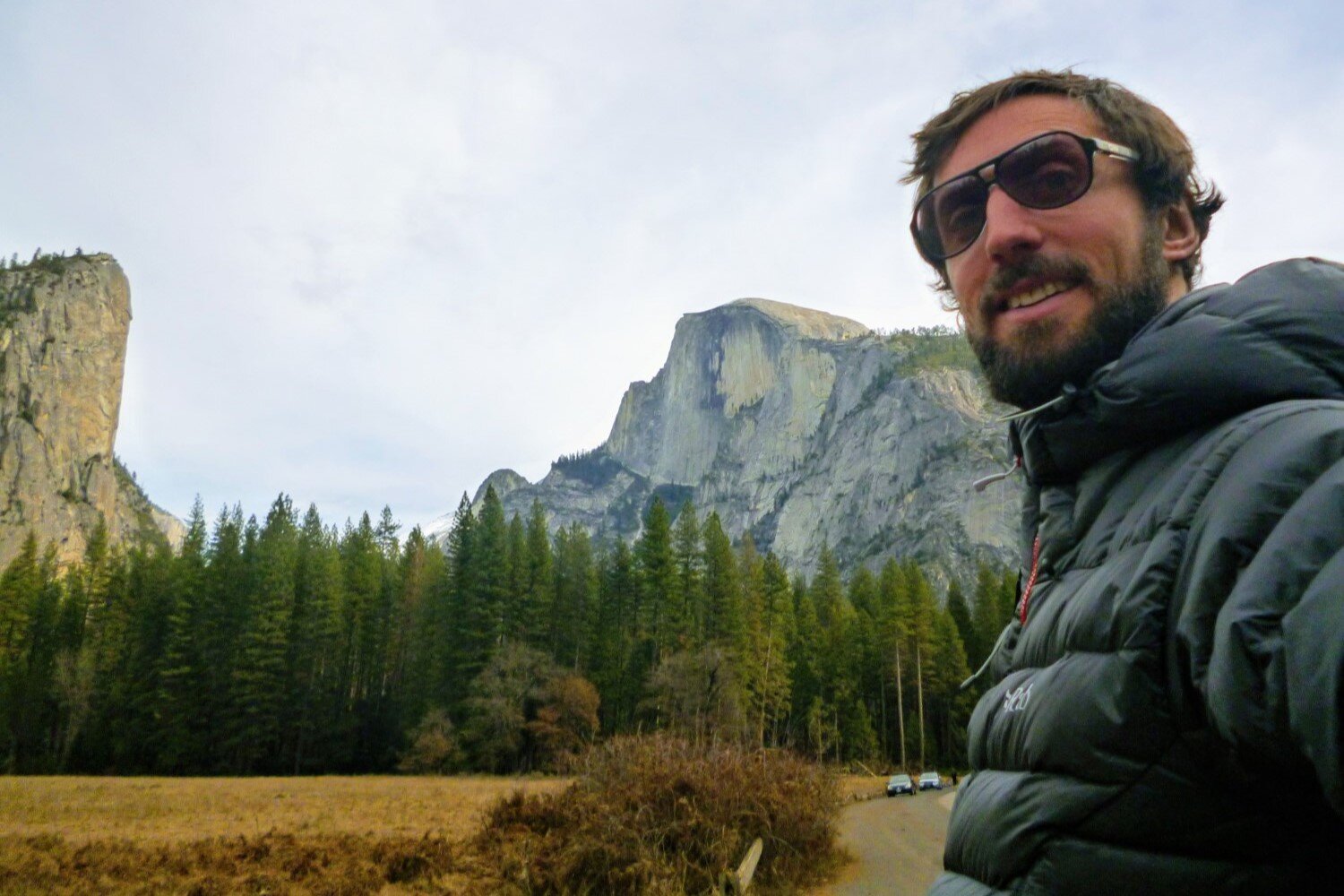The Ultimate Scuba Diving Glossary
JUMP TO: A / B / C / D / E / F / G / H / I / J / K / L / M / N / O / P / Q / R / S / T / U / V / W / X / Y / Z
Author: Rose Martin
Learning to scuba dive is heaps of fun. You’ll learn new skills, make lifelong friends, and by the end of the course, you’ll be able to explore the underwater world in a truly unique way.
But it isn’t all fun and games.
In fact, dive theory can be pretty tough – you have to remember what the equipment is called, what all of the technical terms mean, and what all those pesky acronyms stand for.
And in case that wasn’t enough, once you’re qualified, there’s a whole dictionary of scuba slang out there too.
To help you out, we’ve pulled together this glossary of the most confusing technical terms, slang words, and acronyms you’ll hear when you’re learning to dive.
It might seem like a lot at first but, trust us, it won’t take long until you’re fluent in the language of scuba!
The world of scuba diving can get pretty technical… if you are confused by some of the terminology, then you’ve come to the right place!
A
ABT (ACTUAL BOTTOM TIME): You’ll see this term in most log books, and it refers to the amount of time that passes from the beginning of the descent to the beginning of the ascent.
ALTERNATE SECOND STAGE/OCTOPUS: Your back-up second stage (a spare mouthpiece and purge valve at the end of a separate hose). These are only used during training or in emergencies.
ASCENT RATE: Ever heard someone’s dive computer beeping away as you begin your ascent at the end of a dive? If you have, it means they were ascending too fast, which in scuba terms means ascending faster than 30 feet/9 meters per minute (the maximum ascent rate).
B
BACKPLATE: A plate, usually constructed from some kind of metal that, combined with a wing (see WING), forms one style of BCD. The plate is held against the diver’s back via a harness, and cylinders are attached on the other side.
BALANCED REGULATOR/FIRST STAGE: Regulators designed to maintain a steady flow of air from the tank to the second stage despite changes in tank or atmospheric pressure. This means that the effort required to breathe doesn’t change throughout the dive.
BAILOUT BOTTLE/CYLINDER: Bailouts are miniature cylinders that contain a small amount of breathable air. They’re carried alongside a primary air supply and are only intended for emergency use.
BC/BCD/JACKET: BCD stands for ‘buoyancy control device’ (or sometimes ‘buoyancy compensation’ device) and refers to the jacket-like bit of equipment you wear when diving. Because you can add and release air, this jacket is used to control your buoyancy underwater and at the surface, hence the name. Check out our list of the best scuba BCDs here.
BOTTLE/CYLINDER/TANK: These all refer to the metal tank that contains your primary air supply.
BOOTIES: Slang for dive boots, and they’re typically constructed from neoprene of varying thickness. They keep the feet warm and are recommended for use with most open-heel fins. They also have grippy, protective soles, which can be useful on slippery boat decks and when shore diving.
BUDDY BREATHING: Buddy breathing is an emergency technique carried out by two buddies when one diver runs out of air. After signaling ‘out of air’, the two divers continuously share a regulator second stage, each taking a breath then passing it out back to their buddy, while beginning their ascent.
BCD stands for ‘buoyancy control device’ — a jacket-like bit of equipment used to control your buoyancy underwater and at the surface.
C
CLOSED-CIRCUIT SCUBA: Involves the use of rebreather equipment that lets you ‘rebreathe’ air. Instead of breathing air out directly into the water in the form of bubbles, expelled air is returned back into the breathing system and converted into breathable air. As well as maximizing your air supply, which means you can dive for longer, it also produces fewer bubbles, which makes it a popular technique among underwater photographers – they can sneak up on marine life without the bubbles giving them away!
COMPRESSED AIR: This refers to air that is kept under a pressure that’s greater than the atmospheric pressure. The increased pressure forces the air molecules closer together, and means that they take up less space… which is how we can squeeze enough air for an entire dive into just one cylinder!
D
DAN (DIVERS ALERT NETWORK): A group of non-profit organizations committed to improving diver safety around the globe. They provide emergency medical assistance, legal advice, training, and general safety tips and recommendations as well as carrying out research on diving safety.
DCI (DECOMPRESSION ILLNESS): Decompression illness is a general term that used to describe both DCS and arterial gas embolism. Both conditions are caused by the actions of bubbles when decompression (moving from high pressure to low pressure) occurs rapidly.
DCS (DECOMPRESSION SICKNESS): Also referred to as ‘the bends’, DCS occurs when the pressure surrounding the body drops quickly, like during a rapid ascent to the surface. When this happens, nitrogen that’s been absorbed by the blood and tissues during a dive (as the result of pressure increasing with depth) is released in the form of bubbles. During a slow ascent, these bubbles slowly trickle out of your body without causing a problem but, when they rush out rapidly, they can expand and migrate to areas of the body where they cause severe problems.
DECO/DECOMPRESSION DIVING: Any dive that goes deeper than the no decompression limits is called a decompression (or deco) dive. Divers must make at least one stop during their ascent to allow their body to safely get rid of gases absorbed by their tissues during the dive.
DIN VALVE: A threaded tank valve that doesn’t contain an O-ring. Instead, the O-ring is located on the regulator first stage of compatible regulators, which screw into the valve directly.
DIVE COMPUTER: A mini-wrist-mounted waterproof device that tell you essential information about your dive, such as your depth, dive time, and water temperature. They also provide valuable safety information, such as your no decompression limit, ascent rate, and safety stop information.
DIVE WATCH: Ordinary watches with some extra features – like water-resistance and readability in the dark – that make them suitable for diving. Although popular once, they have now mostly been replaced by dive computers. Check out our list of the best dive watches here.
DM/DIVEMASTER: A diver with a profession qualification that allows them to organize and guide dives, assist instructors with some course components, and individually conduct certain courses.
DROPOFF: This is where relatively shallow water suddenly becomes a lot deeper, forming an underwater cliff with a sheer vertical wall. Diving along the drop-off and exploring the top of the wall is popular because you have the chance of seeing larger pelagic species as well as reef species.
DROPPING TIDE: A tide that’s transitioning from high to low.
DRY SNORKEL: Snorkels with extra features to keep water out of the inner tube. They typically have splash guards at the top of the snorkel, seals that activate as soon as the user ducks below the surface (so there is no water in the tube to clear when the user comes back to the surface), and purge valves that allow easy clearing of water that enters the snorkel. Check out our list of the best snorkels here.
DSMB (DELAYED SURFACE MARKER BUOY): Inflatable buoys attached to a reel. Divers can inflate the buoy (so it rises to the surface) while remaining at depth, so they’re a great way of letting people on the surface know where you are. They differ to SMBs (below) because they can be sent to the surface part-way through the dive.
DUMP VALVE: Valves located on your BCD. There’s usually one on the shoulder and sometimes a second one behind your kidney. They let you release air quickly (AKA ‘dump’) in the case of an emergency, like a rapid ascent. To check them during your buddy check, fill your BCD with air and pull the toggle(s) – you should feel some air release.
A dive computer is a wrist mounted device that provides technical details about your dive — they have essentially superseded the more traditional dive watch, since they provide a much richer amount of information.
E
EAN/EANx (ENRICHED AIR NITROX): Also referred to as just ‘enriched air’ or ‘nitrox’. A gas blend containing more oxygen and less nitrogen than regular blends. Less nitrogen means that divers are at less risk of DCS and can dive for longer, but more oxygen means that there are dangers of oxygen toxicity and fire.
eRDP (ELECTRONIC RECREATIONAL DIVE PLANNER): An electronic version of the RDP (see below).
F
FIRST STAGE: Part of the regulator that takes high-pressure air directly from the scuba tank, converts it to intermediate-pressure air, and delivers it to the second stage.
FREEFLOW: When gas starts to flow continuously from an outlet, producing lots of bubbles. This most commonly happens to regulators immediately after a diver enters the water via a backwards roll or giant stride (the impact sets them off). The bubbles and noise can be a little alarming the first time it happens, but don’t worry – you can stop it by pointing the mouthpiece down and submerging it, tapping it gently, or placing your finger over its air hole.
H
HANG TANK: A cylinder (sometimes known as a drop tank) that is attached to the boat and hung underwater, usually at around 5m. They are intended for emergency use and allow divers to pause and decompress safely after a dive even if they have run out of air.
I
INTEGRATED WEIGHTS: An alternative weight system to weight belts. Scuba weights are held in pouches and inserted directly into special BCD pockets, integrating them into the BCD.
L
LIVEABOARD: In the world of scuba, a liveaboard is a boat catered to diving that can accommodate divers and offer multi-day, multi-dive excursions… so you basically ‘live aboard’ the boat while you dive.
LONGY: A ‘longy’ (or fullsuit) is a wetsuit that covers your legs and arms completely.
LPI (LOW PRESSURE INLFLATOR): Used to add and release air from your BCD and fed by a hose that’s attached to the regulator first stage.
M
MASK SQUEEZE: A type of squeeze that occurs when divers don’t equalize the space between their mask and their face as they ascend. The pressure reduces the air space, creating a sucking motion on the face. It’s easily avoided by breathing out small amounts of air out the nose into the mask area during descents.
MULTILEVEL DIVE: Dives that are carried out at various depths. They traditionally required careful planning using traditional methods like the RDP but, nowadays, computers largely eliminate this need by continually recalculating your limits as your depth changes.
N
NDL (NO DECOMPRESSION LIMIT): The maximum time a diver can remain at a certain depth while on a non-stop or no-deco dive. If the limit is exceeded, decompression stops must be carried out on ascent to avoid decompression sickness.
NITROGEN NARCOSIS: A temporary condition caused by breathing gas blends at depth. The effects include delayed reactions, drowsiness, and confusion, which are similar the effects of alcohol, so it’s sometimes called the ‘Martini Effect’. People typically experience symptoms (also known as being ‘nacred’) at around 30m. Although the effects have a novelty value, they also slow down reactions and can be extremely dangerous in emergency situations. Also referred to as ‘raptures of the deep’.
NO-STOP/NO-DECOMPRESSION DIVE: A dive within the no-decompression (or no-stop) depth limit. Divers are not required to make decompression stops on their ascent.
NUDES/NUDIS: If you ever hear a diver talking about nude shots, odds are, they’re talking about tiny slug-like creatures rather than naked photos (or maybe it depends on the diver!). Nudibranchs are marine mollusks that come in a huge range of shapes, sizes, and colors. They can be hard to spot, but their funky patterns and weird features are definitely worth checking out.
O
OOA (OUT OF AIR): An emergency situation in which a diver runs out of air. Divers learn how to deal with this scenario during their training.
O-RING: Small rings, typically made of some form of rubber, used to prevent leaks at the seams of waterproof gear.
OPEN-CIRCUIT SCUBA: Involves the use of traditional breathing equipment. Air that is inhaled by the diver is expelled into the water, forming the bubbles we see surrounding divers underwater.
P
PADI (PROFESSIONAL ASSOCIATION OF DIVING INSTRUCTORS): A diver training organization that offers membership to recreational divers and dive professionals. PADI diving certifications are the most widely recognized dive qualifications globally, making PADI choices popular among people who like to dive abroad.
PONY BOTTLE: Technically a form of bailout bottle but larger than ones designed to provide just a breath or two of air. They’re fitted with a separate regulator and designed for out of air or gear malfunction emergencies.
PRIMARY SECOND STAGE: The primary second stage (or just ‘primary’) is the part of the regulator you breathe from (the mouthpiece and the purge valve). It’s called a primary to distinguish it from your alternate second stage (or octopus).
PURGE VALVE: Allows easy clearing of water from equipment. You can find them on regulators and even on some masks and snorkels. Check out our list of the best scuba masks with purge valve.
PUSHING TIDE: A tide that’s transitioning from low to high.
R
RASH VEST/RASHY: Thin layers of fabric worn over the torso to stop skin irritation. Some people wear them underneath their wetsuits for comfort, but some people wear just a rash vest when diving in warm water (many provide sun protection too).
RDP (RECREATIONAL DIVE PLANNER): A decompression table used to calculate no-stop bottom times for recreational dives at various depths. Because the dive is planned in advance, bottom times cannot be extended mid-dive, even if the divers spontaneously ascends to a shallower depth. Alternatively, dive computers use the same theory as tables, but they recalculate bottom time constantly during the dive, so if a diver shallows up they may be able to extend their bottom time.
REBREATHER: See closed-circuit scuba.
REEL: Allow divers to store, release, and recover line underwater. They have many uses, including aiding navigation in poor visibility and towing floats to maintain contact with the surface.
REG/REGULATOR: A piece of equipment that takes high-pressure air from your cylinder and converts it to ambient pressure, ready for consumption. Check out our list of the best scuba regulators here.
REVERSE SQUEEZE: Occurs when air that cannot leave the body during ascent expands and causes pain. Commonly occurs when airways are blocked or inflamed due to sinus issues.
RIB (RIGID INFLATABLE BOAT): Lightweight boats with air-inflated sides that can be used for diving.
Regulators take the high-pressure air from your cylinder and convert it to ambient pressure, ready for consumption whilst underwater.
S
SAFETY STOP: A pause during the ascent during which divers remain at 5m/15ft for 3 minutes to allow nitrogen to leave the body at a slow, safe rate. Although not always mandatory, it is good practice to allows carry out a safety stop at the end of any dive.
SCUBA (SELF-CONTAINED BREATHING APPARATUS): Although now used to refer to the act of scuba diving, the word scuba originated as an acronym for the gear used to dive.
SHORTY: A ‘wetsuit that is cropped at the legs (covering just the thighs) with either cropped or full-length arms.
SI (SURFACE INTERVAL): The period you spend above water in between dives.
SIDEMOUNT: A gear configuration that allows divers to carry tanks at their side, rather than on their back.
SKIN: Very thin fabric layers worn while diving in warm water. They won’t provide much warmth, but they typically provide sun protection as well as protection against some stings and scrapes.
SLACK TIDE: The period around the turn of the tide (high or low) when the flow of tidal water slows or ceases altogether. It can be a good time to dive certain dive sites.
SMB (SURFACE MARKER BUOY): A buoy attached to a reel that guides carry with them throughout the entire dive (so the boat captain knows where you are).
SPG (SUBMERSIBLE PRESSURE GAUGE): A piece of equipment that tell you how much air is left in your tank. Traditionally, gauges that display the remaining air supply attach to the regulator first stage via a hose. Nowadays, transmitters can be attached to the regulator first stage and send pressure readings directly to your computer, avoiding the need for a hose.
SSI (SCUBA SCHOOLS INTERNATIONAL): Another major diver training organization.
SQUEEZE: Occurs when the pressure increase that occurs during descent causes air that’s trapped inside spaces that are within, or on contact with, the body to shrink, creating a painful suction effect.
T
TECHNICAL DIVING: Diving that exceeds recreational diving depth limits.
THE BENDS: Another term for DCS.
THERMOCLINE: A thin layer of water that forms at the interface of warm and cool water and looks distorted and shimmery.
U
UNBALANCED REGULATOR/FIRST STAGE: In unbalanced regulators, the flow of air from the tank to the second stages is affected by changes in tank and atmospheric pressure. This means that breathing effort increases at depth and as the tank empties.
W
WALL DIVE: A dive along a sheer, vertical underwater wall, typically at the edge of the drop-off.
WING: An inflatable buoyancy bladder that sits on a diver’s back and requires a specialized BCD harness.
WHIP: A piece of equipment used to transfer air between areas of varying pressure.
Y
YOKE VALVE: A tank valve containing an O-ring. Compatible regulators have clamps that are mounted over the O-ring and then tightened to form a seal.
MORE INFORMATION
Hopefully this article helps expand your scuba vocabulary!
And if you are looking for more underwater content, be sure to check out some of our other diving and snorkeling related articles:
Or check out our entire Gear Reviews Page for more diving and outdoors related content.
Enjoy your underwater journey!





















